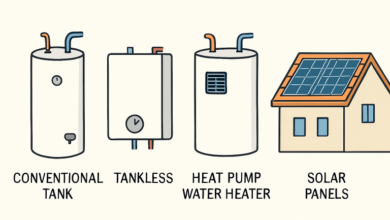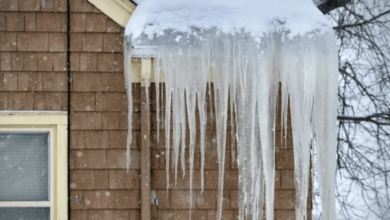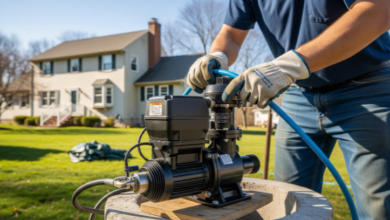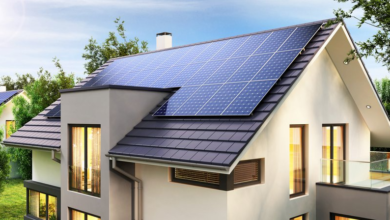How Small Changes at Home Can Build a More Energy-Efficient Future
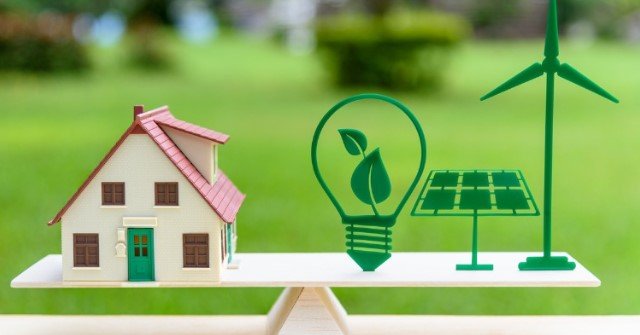
Key Takeaways:
- Implementing minor adjustments in daily routines and home maintenance can lead to significant energy savings.
- Upgrading to energy-efficient appliances and fixtures reduces utility bills and environmental impact.
- Proper insulation and smart technology integration enhance home energy efficiency.
Table of Contents:
- Energy-Efficient Lighting
- Smart Thermostats
- Appliance Upgrades
- Insulation and Sealing
- Water Conservation
- Renewable Energy Integration
- Conclusion
Creating a more energy-efficient future often begins within the walls of our own homes. While large-scale initiatives such as renewable energy investments and infrastructure upgrades play a crucial role, the everyday decisions made by individuals can also have a lasting impact. Small changes—like upgrading to LED lighting, sealing drafty windows, or reducing water usage—may seem minor, but they contribute to meaningful energy savings when practiced collectively. By embracing these adjustments, households lower their environmental footprint and set the stage for a more sustainable lifestyle that supports long-term conservation goals.
For many families, the motivation to adopt energy-efficient habits is as much about cost savings as it is about sustainability. Simple actions like unplugging unused electronics, using programmable thermostats, or enhancing insulation can significantly reduce utility costs. For example, practical strategies outlined in resources offering tips to reduce energy bill in Kansas City highlight how tailored, region-specific adjustments can help households lower expenses while conserving resources. By adopting such mindful practices, homeowners can foster financial stability and environmental responsibility, demonstrating how small steps today contribute to a more energy-efficient future.
Energy-Efficient Lighting
Lighting accounts for significant residential energy use, but upgrading your light bulbs is a simple yet transformative step. LEDs, or light-emitting diodes, deliver the same brightness as traditional bulbs while consuming far less electricity. In fact, LEDs use at least 75% less energy and can last up to 25 times longer than standard incandescent bulbs. If you replace your five most-used fixtures or bulbs with ENERGY STAR® certified LEDs, you could save roughly $75 each year. This switch not only lightens your energy load but also reduces waste from frequently replaced bulbs.
Smart Thermostats
Heating and cooling make up your biggest energy costs. A smart thermostat offers accurate control of your HVAC system by learning your routines and adjusting automatically. High-quality smart thermostats typically help users save around 8-10% on heating and cooling bills. Dialing down your thermostat by 7-10°F for just eight hours daily—such as during sleep or when you’re away—can lead to up to 10% in yearly savings, as advised by the U.S. Department of Energy.
Appliance Upgrades
Beyond lighting and temperature control, home appliances rank high among energy consumers. Modernizing your appliances to ENERGY STAR® certified models means washing clothes, refrigerating food, or dishwashing happens with less energy. For example, ENERGY STAR® certified refrigerators use about 9% less energy than models meeting minimum federal standards. While these appliances might initially cost more, the energy savings typically pay for the premium over the appliance’s lifespan.
Insulation and Sealing
Energy escapes easily through poorly sealed doors, windows, and attics. Air leaks and inadequate insulation lead to wasted heating and cooling, but addressing them is straightforward and cost-effective. Sealing air leaks around doors, windows, and vents and adding insulation to attics, basements, and crawl spaces can reduce heating and cooling expenses by up to 15% annually.
Water Conservation
Conserving water naturally reduces energy use, especially since pumping, heating, and treating water are energy-intensive. Swapping to low-flow faucets, aerators, showerheads, and dual-flush toilets can reduce water consumption by as much as 50%. This minimizes your water heating costs and reduces strain on local resources. The EPA’s WaterSense program provides a helpful database of certified products to jumpstart your water-saving journey.
Read also: Tiles and Deco: Redefining Home Interiors One Tile at a Time
Renewable Energy Integration
Renewable energy, particularly solar panels, offers the opportunity for even bigger long-term savings and sustainability. Thanks to falling costs and improved technology, more homeowners than ever before can harness the sun’s power. Many states and local utilities offer rebates or tax incentives to help defray upfront expenses, making the switch to renewables increasingly accessible. To explore whether solar is right for your home and region, consult the authoritative guide from Consumer Reports.
Conclusion
Building a more energy-efficient future starts where you live today. By making targeted, practical changes in lighting, appliances, insulation, water use, and renewable energy, homeowners set the foundation for lower energy bills and a lighter environmental impact. Every small improvement, multiplied across many homes, has the potential to reshape our communities for the better—proving the power of collective action, one household at a time.
